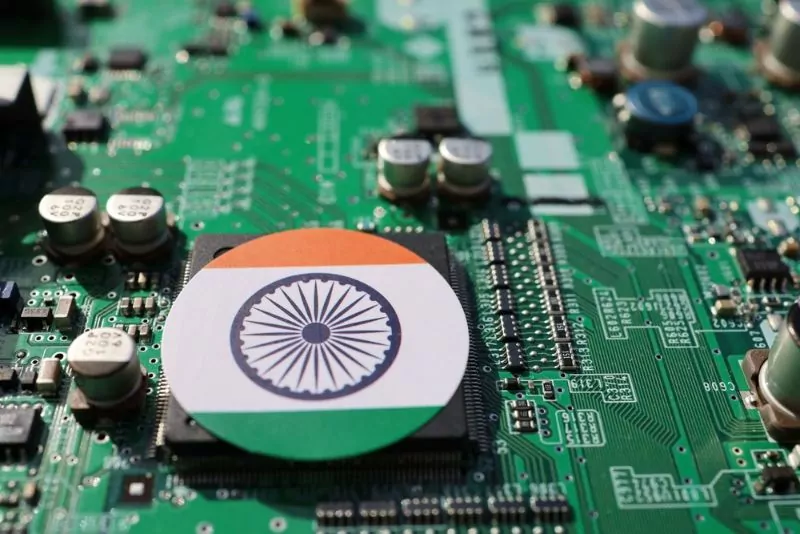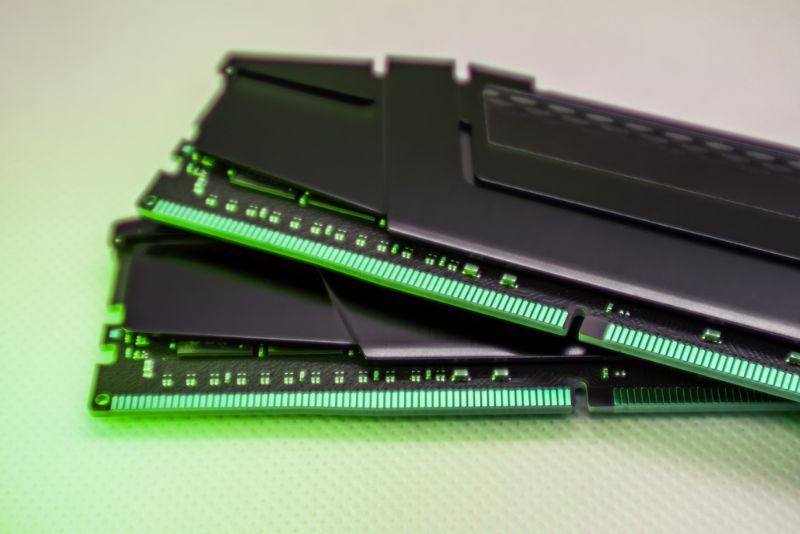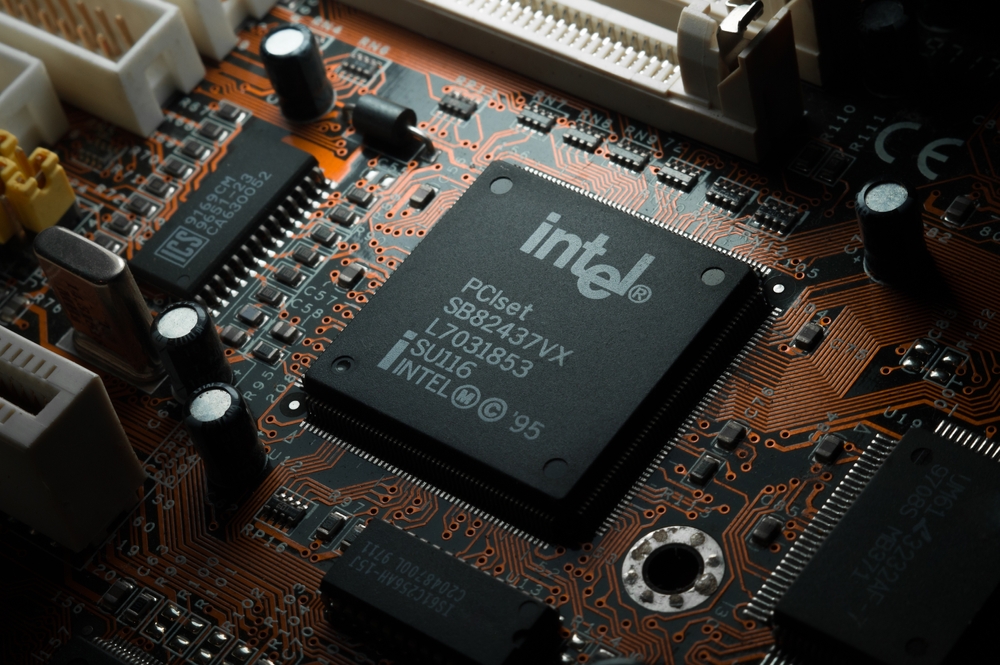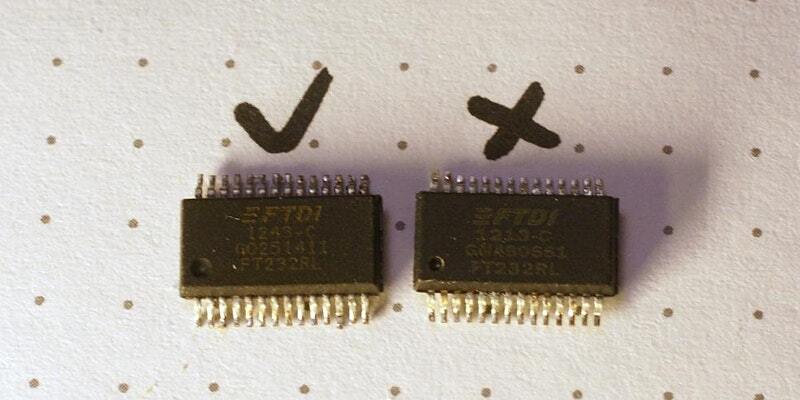Even after two years of electronics shortages, delays, and skyrocketing costs, pinpointing the cause of electronics supply-chain disruption is not that straightforward, says EPS News.
A significant amount of electronic supply chain uncertainty comes from the fact that there’s no single cause affected parties can target to get relief. A report from custom manufacturing company Hubs surveyed respondents to learn about their top supply chain challenges in 2022. Participants could select multiple choices.
The results showed 60.94 percent of respondents mentioned raw materials shortages. Covid-19 was another significant factor for 57.3 percent of those polled. Then, 52.34 percent of people said they had logistics and transportation problems and 38.67 percent lacked the necessary manufacturing capacity. Finally, 41.02 percent of respondents struggled with energy rate increases and shortages while managing their supply chain. The survey had other takeaways, but there’s much to learn from those top five responses.
The main thing is it’s hard to predict which issues will be most prevalent for the affected companies. That means supply chain managers must be ready for multiple worst-case scenarios and plan for them as best as possible. Investing in supply chain digitization brings benefits including better visibility and increased automation potential. However, even the most advanced solutions can’t solve every problem.
To avoid electronics supply-chain disruptions, you may also wish to consult an expert in electronics component supply. With more than three decades of supply-chain expertise, Astute Electronics is ideally placed to work with you on your daily component requirements.
For more help with looking at supply chain options, contact Astute Electronics






